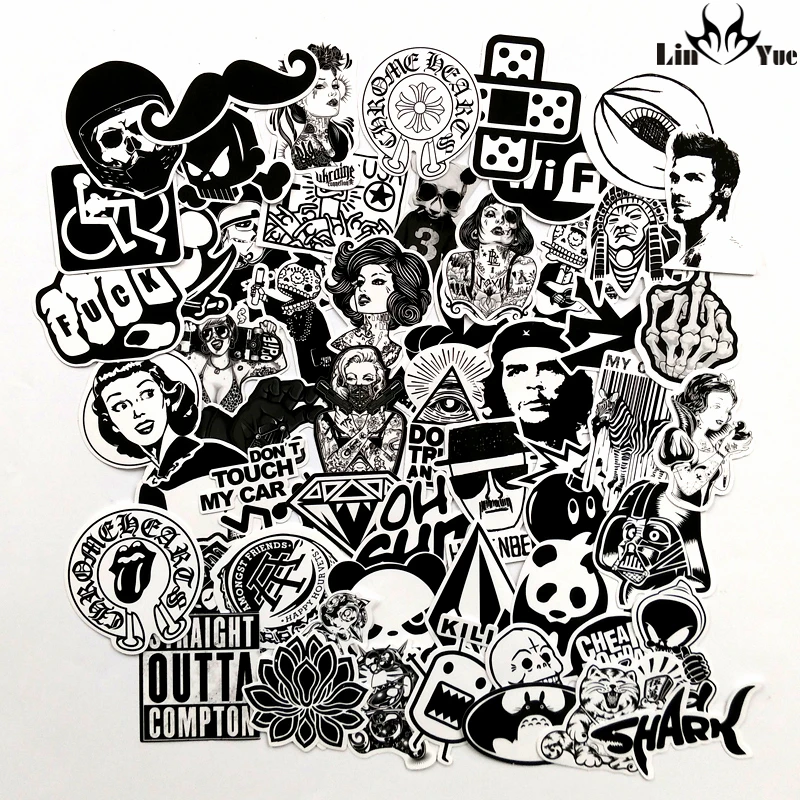
Artists moved towards a more “wild style” of graffiti. As the number of graffiti artists rose, designs became more elaborate in order to stand out against the rising competition. Many people were intrigued by Takis tags around the city, and began to add their own names and street addresses. He would write his tag on a paper sticker and stick it on walls of public places. Taki was considered one of the first people to use stickers as part of his graffiti. It was eventually discovered that Taki was the nickname of Dimitraki and 183 was his street address. Newspapers wrote about Taki 183, so it generated a lot of attention and confusion around who this Taki person was, and where he came from. If you remember the 1970s, you may remember that in New York City, the tag ‘ TAKI 183' mysteriously started to appear everywhere. The rebellious teenagers of the 1970s pioneered tagging their names in public spaces. In this blog post, we will dive into the rebellious history of sticker art and its evolution from alternative to mainstream culture. It has opened up opportunities for more people to participate in the art world and establish artistic careers outside of traditional gallery connections.

Graffiti art has changed the traditional idea of 'fine art'. Since the 1970s, stickers and other graffiti art has evolved from rebellious street tagging into it's own styles of art. Throughout the past 50 years, street art has transformed the environments we live in.


 0 kommentar(er)
0 kommentar(er)
